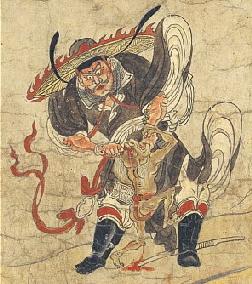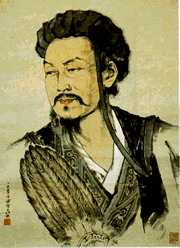What is Notching?
Last week, Teacher Wong demonstrated how to bend thick branches of a Eugenia uniflora (aka Brazilian Cherry, 紅果 in Chinese) bonsai tree by notching. “So, what is notching?” you probably will ask. Notching is a technique of bending a branch by cutting a “V” shape across the width of the branch and bend it into position Notching is especially useful for bending thick branches.
We must make the cuttings of the “V” shape as smooth and as straight as possible so to avoid any gap in between the cuttings when we pull together the cuttings and bend the branch with a guy wire tourniquet.
Wound Care: Wound Sealant or Waterproof Adhesive Tape?
While many bonsai enthusiasts prefer the use of wound sealant to protect cutting wounds on their bonsai trees, Teacher Wong advises us to use waterproof adhesive tape to tightly and completely wrap around the cutting wound for protection. And same as how we use adhesive aluminum foil, we should never use any wound sealant when we are using waterproof adhesive tape (for more about adhesive aluminum foil, visit Sealing Cuts of Bonsai Trees.)
Besides bending two major branches by notching, we also cut away some unsightly roots of the bonsai tree.
Best Time for Notching
Since notching leaves a big wound on the bonsai tree, the most suitable time periods to carry out such operation for our trees are either in spring (when the weather is still cool while the tree has started its growing season), or in early autumn (when the summer heat has gone, and our tree still have much time to heal its wound before it goes dormant).
Recommendation
While I was trying to find out the proper term of this “V-shaped cutting and bending” technique, I came across a very useful article that describe different ways to bend thick or brittle branches with lots of photo illustrations by Harry Harrington in his very informational website.





























































